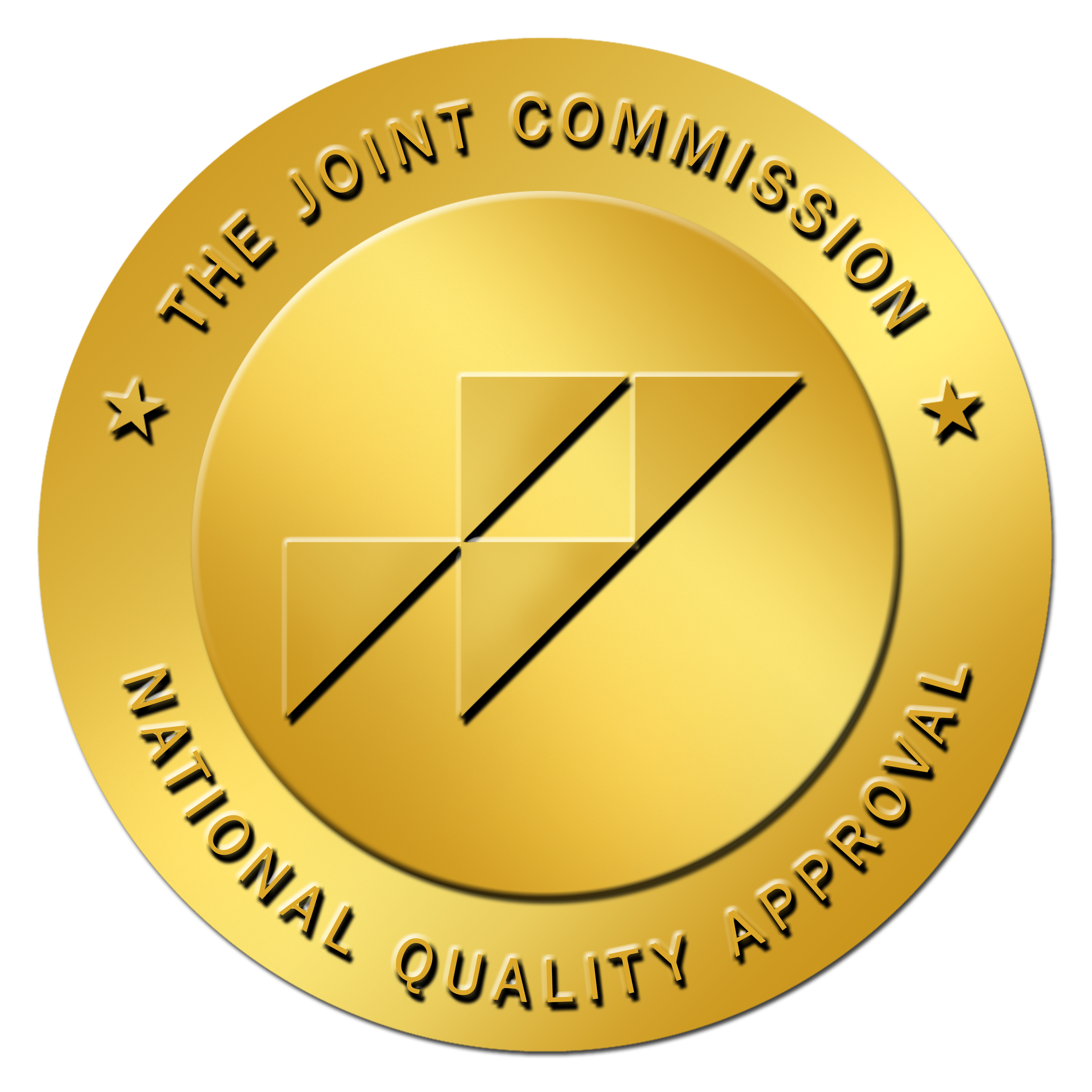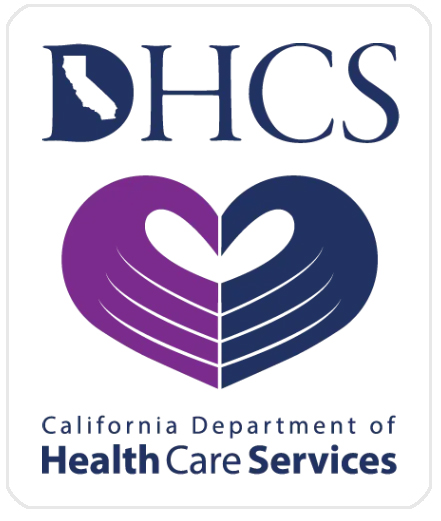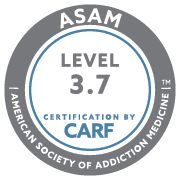Opioids
Opioid Detox & Addiction Treatment




We’re In-Network With

What Are Opioids?
Opioids are a type of drug that includes naturally occurring opiates that are derived from the opium poppy plant, synthetic opioids, and semi-synthetic opioids. They are primarily used for their analgesic or pain-relieving properties. Opioids affect specific receptors in the brain and spinal cord to reduce the perception of pain and produce a sense of euphoria.
Opioids, when used as prescribed by healthcare professionals, can be effective in managing pain. However, misuse, abuse, and addiction are significant concerns associated with opioid use. Prolonged use or abuse of opioids can lead to tolerance, dependence, and addiction. Additionally, opioids carry a risk of overdose, which can be fatal.
Street Names:
Captain Cody, Cody, Schoolboy, Doors & Fours, Pancakes & Syrup, Loads, M, Miss Emma, Monkey, Demmies, Pain killer
What Are Different Types of Opioids?
There are three main categories of opioids. The first category includes natural opiates, such as morphine, which is derived from the opium poppy plant. Morphine is a potent pain reliever commonly utilized in medical settings, such as hospitals, to address severe pain.
The second category comprises semi-synthetic opioids, including oxycodone and hydrocodone. Oxycodone, derived from thebaine found in the opium poppy, is prescribed for patients experiencing moderate to severe pain. Hydrocodone, another semi-synthetic opioid, is often combined with acetaminophen or ibuprofen and is prescribed for pain management.
The third category consists of synthetic opioids, with examples like fentanyl and tramadol. Fentanyl, a synthetic opioid significantly more potent than morphine, is medically used for managing severe pain. Illicitly produced fentanyl, however, contributes significantly to opioid-related overdoses. Tramadol, also a synthetic opioid, possesses both opioid and non-opioid mechanisms of action and is typically prescribed for moderate to moderately severe pain.
What Does It Look Like?
Opioid drugs come in various forms, and their appearance can differ based on the specific type of opioid. Opioid medications prescribed by doctors often come in pill form. Depending on the specific drug, they can vary in color, shape, and markings. Illicit opioids, such as heroin or fentanyl, may be found in powder or crystal form. Colors can range from white to brown or even black, depending on the substance. Some opioids, particularly prescription medications, may be in liquid form. This is less common than pills but is still encountered.
Who Uses It?
Opioid use is widespread among all different types of people, including those with various backgrounds. People with chronic pain often receive opioid prescriptions from healthcare professionals to manage their persistent pain effectively. Some individuals misuse opioids recreationally, seeking the euphoric effects they can provide. Unfortunately, addiction can develop in some cases, leading to continued use and the risk of misuse. This emphasizes the intricate and varied aspects of opioid use, extending beyond medical needs to include recreational use and the difficulties linked to addiction.
How Does It Make You Feel?
The effects of opioids can vary, but generally, they induce a sense of euphoria, pain relief, and relaxation. Individuals may experience a “high” characterized by a feeling of warmth and contentment.
How Long Does the Feeling Last?
The duration of the opioid’s effects depends on various factors, including the specific drug, the method of administration, and individual tolerance. The euphoria typically lasts for a relatively short period, leading some individuals to seek repeated doses.
Is It Addictive?
Yes, opioids are highly addictive. Prolonged use or abuse can lead to physical dependence and addiction. Tolerance may develop, requiring higher doses to achieve the same effects. Once this happens, it’s hard to stop using opioids on your own. At SoCal Detox, we understand those challenges, and are here to help you break the cycle of addiction as safely and comfortable as possible.
Is It Dangerous?
Opioids pose significant risks, including the potential for overdose, respiratory depression, and long-term health consequences. Illicitly obtained opioids, especially those laced with potent substances like fentanyl, increase the risk of life-threatening complications.
What Are The Long-term Effects of Using Opioids?
As individuals use opioids over an extended period, the likelihood of experiencing long-term effects of opioid abuse increases. One prominent consequence of prolonged opioid use is drug dependence. This dependence evolves gradually as the body adjusts to the constant presence of opioids, rendering it unable to function properly without the substance. Consequently, a higher dosage is necessary to attain the same previously achieved effects.
When opioid consumption is halted, the body undergoes withdrawal, marked by various symptoms such as muscle or bone pain, diarrhea, restlessness, vomiting, insomnia, and cold flashes. Because the withdrawal from opioids can be severe, it’s recommended that you detox in medically supervised programs.
Other enduring effects of opioid abuse include:
- Chronic constipation
- Nausea and vomiting
- Stomach cramps
- Increased risk of heart rhythm abnormalities
- Impacts on reproductive health
- Elevated risk of HIV or hepatitis for individuals who inject opioids.
Signs & Symptoms of Opioid Abuse
Recognizing signs of opioid abuse is crucial. These signs include abrupt shifts in social circles, self-imposed isolation, waning interest in once-enjoyed activities, and neglect of personal hygiene—all indicative of opioid addiction. Emotional alterations, including mood fluctuations, fatigue, anxiety, sadness, or irritability, serve as additional red flags for potential opioid-related issues. Changes in appetite (increased or decreased), may be noticeable among those addicted to opioids.
Sleep disturbances, heightened energy levels, and nonsensical speech can also signal opioid abuse, along with challenges in areas such as employment, legal matters, and finances. It’s important to note that not everyone will display all these signs, and the severity of symptoms can vary widely among individuals.
Benefits of an Opioid Detox Program
Going into an opioid detox program is the first step to getting clean and sober. During our program at SoCal Detox, you are monitored by medical professionals to ensure that you are safe and as comfortable as possible as your body rids itself of the drugs in your system. While detoxing, you will have access to emotional support and a structured environment. You may receive counseling to address psychological aspects of addiction, depending on where you are in the detox process.
Where Can I Find Help, Treatment, and Support?
Most of the time, opioid addiction is best treated in an inpatient program that includes medically supervised detox. Many people who are addicted to opioids – either prescription or illegal – need professional help to stop using them. At SoCal Detox, we can help you get started with your recovery with our personalized detox programs.
How To Pay For Opioid Detox Program:
Paying for addiction treatment is often a concern for individuals struggling with opioid addiction. However, there are various ways you can pay for treatment. The experts at SoCal Detox can help you determine the best way to finance your detox program. Contact us today for more information.





